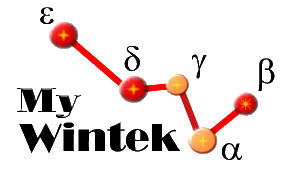Turbo
Selecting the right turbo is not simple. Some would think the bigger the better, but that’s totally wrong. You also might think that the Turbo must have ball bearing to start quickly, but that is not the key issue either. It depends mostly on which driving dynamics you want.
You may go for either dynamic street performance or fastest on the ¼ mile strip.
I now have tried out 5 different configurations, from Garrett T25, GT2860RS (ball bearings ), GT2056, GT2259 and KKK K16. Best over all performance has been obtained with Garret GT2259 and highest power with KKK K16 special.
All configurations were calculated and tried out on dyno runs. Every time welding of new flange and down pipe. It gave a lot of experiences.
My short conclusion: Go for a lot of mid band torque and low turbo lag. The flow from the head to turbo collector is very important. A good flow can run a bigger turbo and achieving higher power in the mid to high RPM range.
To day I have achieved a good response and lots of power from 3500-6000 RPM and not with the biggest turbo I have tried.
Select the compressor side, just big enough to deliver the amount of air at the pressure needed for the wanted power. Select the turbine side not bigger than a compromise between back pressure and max power, lean to the higher back pressure side to get lowest turbo lag and quickest spool-up.
Gas flow from heat into the turbine also will generate power, so isolate the manifold.
Cold air into the engine is a very important issue. Cold air has more oxygen mass and will burn more fuel and thereby generate more power.
Compressed air will increase in temperature: See ‘Engine theory’. If the inlet temperature increases from 25deg C to 50deg C, you will loose almost 8% in power.
Turbo key issues
Is about heat management in the engine room. Turbo and power generates lots of heat
Isolate the exhaust manifold and shield inlet parts from exhaust side
Cold air into the intake and the engine. Use as big as possible intercooler


